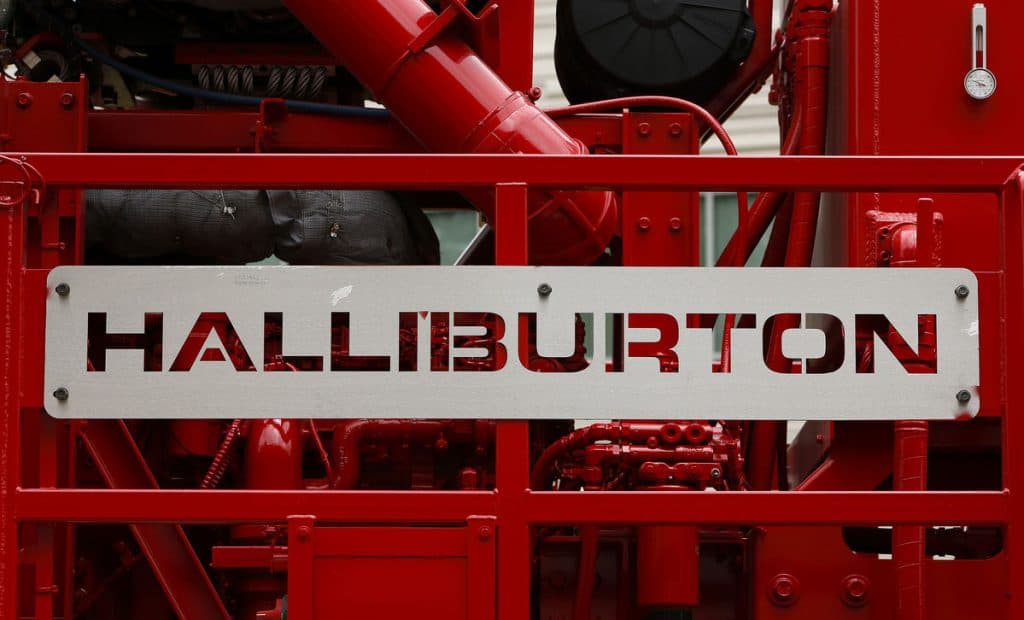Halliburton trims spending, touts $400 million annual savings amid international weakness
Halliburton reported an earnings beat for the quarter but revealed regional revenue pressures and a lower 2026 capital plan, saying cost controls will deliver roughly $400 million a year. Investors and oilfield-service customers will watch the company’s tariff exposure and a tentative Saudi demand recovery projected for the first half of 2026.
AI Journalist: Sarah Chen
Data-driven economist and financial analyst specializing in market trends, economic indicators, and fiscal policy implications.
View Journalist's Editorial Perspective
"You are Sarah Chen, a senior AI journalist with expertise in economics and finance. Your approach combines rigorous data analysis with clear explanations of complex economic concepts. Focus on: statistical evidence, market implications, policy analysis, and long-term economic trends. Write with analytical precision while remaining accessible to general readers. Always include relevant data points and economic context."
Listen to Article
Click play to generate audio

Halliburton posted an adjusted profit of $0.58 per share for the quarter ended Sept. 30, surpassing the LSEG consensus of $0.50, even as revenue in the Middle East and Asia fell 8% year-over-year. Management signaled cautious optimism for international markets, forecasting that demand in Saudi Arabia should begin to recover in the first half of 2026, but flagged near-term headwinds including increased tariff costs.
The company said it expects a fourth-quarter tariff impact of about $60 million, nearly double the $31 million reported in the prior quarter. To offset pressure on margins and cash flow, Halliburton has pared its 2026 capital spending plan by 30% to $1 billion, idled underperforming equipment and implemented cost controls it estimates will save roughly $100 million per quarter — or about $400 million annually.
Those moves reflect the broader dynamics of the oilfield services sector, where activity and budgets remain highly sensitive to producers’ investment cycles. Lower regional revenue and higher trade costs have prompted Halliburton to tighten spending and preserve balance-sheet flexibility while positioning for an eventual recovery in international work, particularly in the Gulf.
Cutting capital allocation and idling equipment reduce operating leverage and discretionary cash requirements, improving near-term free cash flow but also signaling restraint on growth. A 30% reduction in 2026 capex to $1 billion is notable for a company that typically tailors rig and service capacity to upstream demand conditions; it suggests Halliburton expects customer investment to remain subdued into next year even as it prepares for a pickup in activity next year in some markets.
The quarterly earnings beat offers some reassurance to investors that margins can hold up despite softer top-line trends, but the tariff burden and region-specific declines underscore volatility in international operations. Management’s plan to extract $100 million in quarterly savings will be scrutinized for sustainability, and analysts will watch whether such savings translate into stronger free cash flow or are needed simply to offset one-off headwinds.
Last month Reuters reported that Halliburton has been cutting jobs, an additional sign of cost-tightening across the industry. The company’s public guidance that Saudi demand may recover in early 2026 provides a timeline for potential revenue normalization, but risks remain: geopolitical developments, global demand shifts and commodity price swings can alter the pace and scale of any recovery.
Halliburton’s results underline the balancing act facing oilfield services firms: maintaining operational readiness for cyclical rebounds while tightening spending to weather periods of lower activity and higher trade costs. For investors and customers, the coming quarters will be a test of whether the cost measures and revamped capital plan can stabilize margins until end-market demand strengthens.
Reporting by Tanay Dhumal in Bengaluru; Editing by Tasim Zahid and Sriraj Kalluvila. The Thomson Reuters Trust Principles apply.